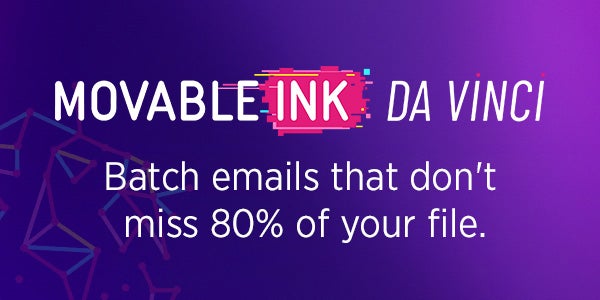Marketers didn’t sign up to be spreadsheet jockeys or calendar coordinators; they came to craft stories, shape brands and drive growth. But in reality, campaign deployments have become code for chaos: fighting fires, fulfilling last-minute requests and executing the same plays under slightly different subject lines.
While light years ahead of past iterations, today’s marketing stack still heavily relies on manual setup. Even in its most advanced form, much of the process remains reactive. Optimizing subject lines, adjusting send times and tweaking segmentation happens after the fact.
Marketers are often pulled toward internal pressures – from product owners, merchandising teams or business units – resulting in oversegmented, rules-based messaging that reflects business priorities more than customer needs. But customers don’t want more marketing; they want relevance and utility. The unfortunate truth: Most campaigns deliver neither.
The five phases of marketing autonomy
To understand where we’re headed, it helps to see how far we’ve come. There are five distinct phases on the path to marketing autonomy, each unlocking more scalability, intelligence and creative freedom.
Phase one: Manual marketing. Every campaign is built from scratch. Audiences are hand-picked, content assembled manually and execution repeated across channels.
Phase two: Rules-based marketing. Marketers use if/then logic to drive automation, but the logic is rigid and often breaks under complexity. It’s still time-intensive and hard to scale.
Phase three: Automated marketing. Campaigns begin to respond to customer actions, but only based on predefined behaviors. There’s limited adaptability, and the system still can’t learn in real time.
Phase four: Augmented marketing. This is the first step that introduces AI into existing workflows. Subject line prediction, content decisioning, frequency management and send-time personalization help marketers scale effective campaigns without the manual burden.
Phase five: Autonomous marketing. In this final stage, AI fully takes the reins, managing campaign execution end to end. It enables real-time decisions and continuous learning to deliver highly personalized experiences at scale.
Unpacking autonomous marketing
This phase represents a true transformation. Rather than rules-based segmentations and journeys, AI agents fully own execution, making decisions on content, timing and channels based on live customer data and business goals. Marketers can now focus on setting strategy and guardrails, while AI handles the rest.
It’s a fundamental shift from manual processes and static rules to dynamic, self-optimizing systems that learn what each customer values and adapt experiences accordingly.
The benefits are clear: CMOs gain greater focus and fewer operational headaches; customers finally receive messaging that’s timely, personal and useful, not just promotional; and businesses reap stronger ROI through smarter resource allocation and real-time optimization.
Many industry leaders believe we’re entering a golden era of marketing, in which AI doesn’t diminish creativity but supercharges it. With the right strategy, these tools can unleash a new wave of brand storytelling and innovation.
Many brands are already showing what’s possible. Marketing is about to enter a golden era, said Mastercard CMO Raja Rajamannar. And “if [brands] leverage these tools appropriately to bring the creativity forward, it’s going to be magical.”
For example, L.L.Bean recently tapped AI to create more than a million unique content variations, generating an estimated $14 to $15 million lift in annual revenue. A digital overhaul at Victoria’s Secret centered on making campaigns more personalized and meaningful, reinventing how they engage a modern customer base.
From fragmentation to focus
The marketing tech stack is vast and fragmented, making it easy to focus on tools instead of customers. AI is changing that.
When agentic campaigns take on the operational burden, marketers regain time and headspace to focus on what really matters: audience insight, brand storytelling and long-term growth.
Rather than relying solely on internal road maps or marketing calendars, more teams are embracing an “outside-in” approach. With AI, campaign strategies are increasingly shaped by real-time customer behavior and demand signals, closing the gap between intent and impact.
AI isn’t taking marketers’ jobs; it’s giving them better ones. Repetitive execution is replaced with smart orchestration. Static campaign calendars become adaptive systems.
Autonomous marketing brings us back to the best, most exciting parts of marketing.
For more articles featuring Vivek Sharma, click here.















